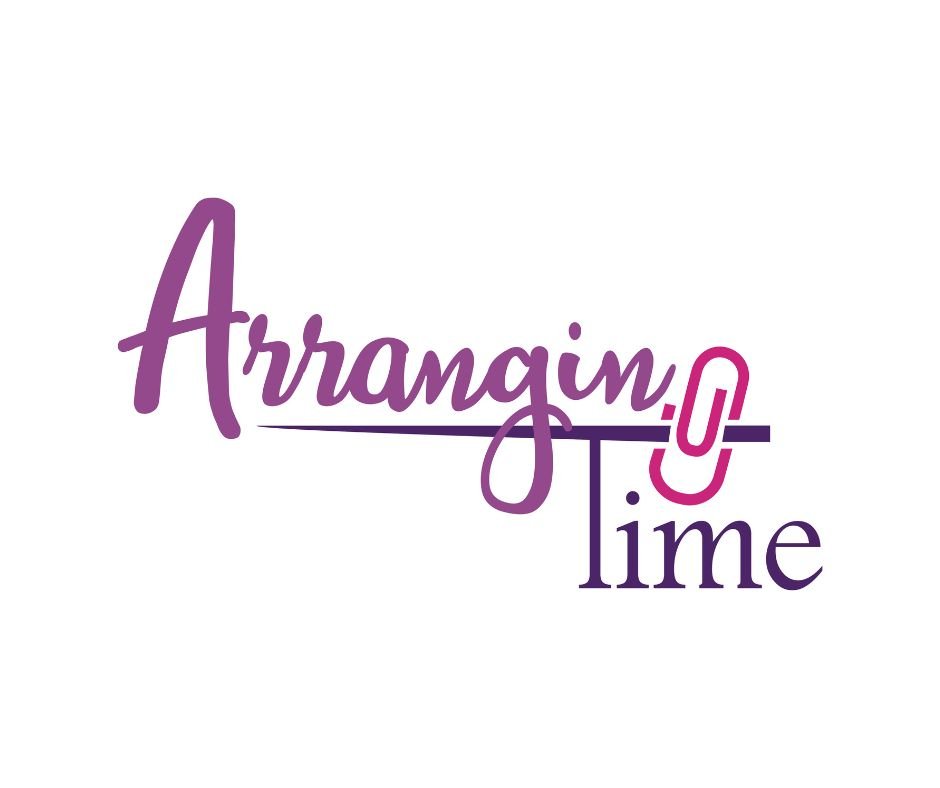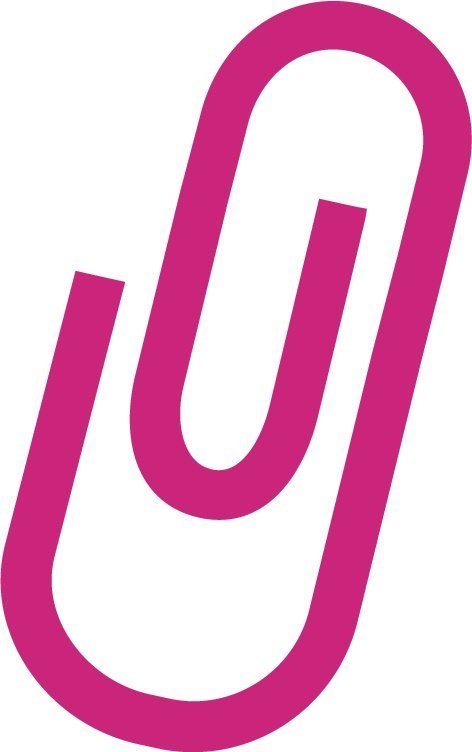Tame Your To Do List with a Task Management App
It seems like right now, many of my coaching clients are struggling with task management. We all have so many tasks coming at us from various sources. We might volunteer to do something in a meeting, or be assigned a task by the meeting chair. We have daily emails asking us to provide information, give input, or review a document. We have our recurring weekly or monthly tasks to keep up with. And we have those bigger projects we’re working on that we need to keep moving. How do you keep track of it all?
Enter the rise of task management apps. Task management software is similar to project management software, with some differences.
Project management software is, naturally, built around managing larger projects, usually with a specific end. In addition, they are designed for multiple people to be working on one project, so they include the ability to assign tasks or tag team members. Apps like Asana, Monday.com, Trello, and Microsoft Project are project management software.
In contrast, task management software is designed to capture all the large and small tasks that you have to do. Some of those tasks may not be assigned to a specific project. Some might be recurring tasks, as I mentioned above. In order to avoid missing deadlines or dropping balls, you want every task, large and small, project-related or not, in one place. Apps like ClickUp, Microsoft ToDo, Google Tasks, and Todoist are common task management software.
It may help to think of project management software as the big picture view, and task management software as the detail-oriented workflow. It’s worth noting that some apps can serve both functions. They may have the granularity of a task management app, but the team sharing features of a project management app. Examples include Trello, Airtable, Asana, and Microsoft Project.
Features To Consider
What features should you look for in testing task management apps? Good task management software will offer the ability to break tasks down into subtasks. You should be able to create recurring tasks, and to assign tasks a due date or deadline and a priority.
Other features of task management tools include alerts and notifications to ensure that nothing gets missed. These alerts can be in the form of email reminders, app icon notifications, text messages, or in-app reminders. Reminders should be customizable so you can receive them in the method that works best for you.
Finally, consider the layout. Most apps will allow more than one view to visualize your tasks: calendar view, Kanban (card-style) view, grid view are some of the common options. Depending on the software, you may get one or two views for free, but may have to upgrade to a paid version to get other views.
As with any productivity software, the only way to find what works for you is to try out a few. I always recommend that my clients start with a Google search for “best task management apps” and read some of the articles that come up from sources like Forbes or PC Magazine to get a sense of the features that each one offers. Then pick one to try. Really devote some time to using the app for a few weeks: put all your tasks in it, get the reminders, and see what you like and don’t like about it. If the “don’t like” list is too long, try another one on the list.
If you’re feeling overwhelmed, I can help! I’m happy to talk with you about your specific workflow, your current pain points, and your goals. I can suggest a couple of options and even demo them for you. If you’re interested, book an appointment with me.
Are you currently using a task management app that works for you? I’d love to hear about it! Drop a note in the comments!


